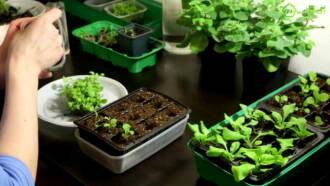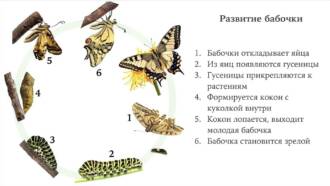
Butterflies are an important part of the ecosystem and play a significant role in maintaining natural balance and biological diversity. They are pollinators for many plants and serve as food for other animals. However, due to the loss of natural habitat and the use of pesticides, the number of butterflies around the world is declining. We have the opportunity to help these beautiful creatures by attracting them to our garden and creating favorable conditions for them.
The first step to attracting butterflies to your garden is to create the right environment for them. They need abundant vegetation, especially in the form of flowers, which provide nectar for nourishment. Choose plants that attract butterflies, such as asters, lavender, lungwort, sunflowers, marigolds, and more. In addition, plants such as juvenile, cabbage, and fescue can serve as a food source for caterpillars.
It is also important to provide butterflies with places to rest and breed. You can install special "butterfly houses" or simply leave some areas of the garden unkempt to create resting and breeding places. Some species of butterflies can also be attracted by installing special feeding stations with sugar solution or fruits.
Finally, to attract butterflies, remember to limit the use of pesticides and chemical fertilizers in your garden. These substances can harm not only butterflies, but also other beneficial insects and plants. Instead, consider using organic plant protection methods and fertilizers that are safe for the environment and biodiversity.
How to attract butterflies to your garden:

Butterflies are beautiful creatures that can spice up your garden with their beauty. If you want to attract butterflies to your garden, here are some tips:
- Choose the Right Plants: Butterflies prefer certain types of plants for feeding and breeding. Some of them include juvenile, spicy, elderberry and many others. Plant these plants in your garden to attract butterflies.
- Consider the season: each type of butterfly has its own preferences for the season. Try to choose plants that bloom when butterflies are most active in your area. This way you will increase the chances of attracting butterflies to your garden.
- Avoid using pesticides: Pesticides can be harmful to butterflies, so avoid using them whenever possible. Instead, consider using organic pest control methods to keep nature in balance.
- Create a cozy place to rest: Butterflies need places to rest where they can sit and bask in the sun. Place small rocks or flat surfaces in your garden to create such places for butterflies.
- Install feeders: in addition to plants, butterflies can eat juices and food mixtures. You can install special butterfly feeders where they can gain strength and energy.
By following these tips, you will be able to attract butterflies to your garden and enjoy their beauty and presence. Remember that maintaining natural balance and biodiversity is an important aspect of caring for your garden.
Tips for maintaining natural balance and biological diversity
1. Create a garden rich in plant diversity. Butterflies feed on nectar, so it is important to have flowers of different types and colors. Choose plants that bloom at different times of the year to provide a consistent food source for the butterflies.
2. Avoid using pesticides and chemical fertilizers. They can be harmful to butterflies and other beneficial insects. Instead, use organic pest control methods and natural fertilizers to maintain a healthy garden.
3. Provide a hiding place for butterflies. Place rocks, hollow trees, or custom butterfly houses to provide a comfortable place to rest and shelter from the elements.
4. Allow butterflies to breed. Provide opportunities for oviposition and development of caterpillars such as young plants on which they can feed. Do not remove caterpillars or pupae, as they are an important stage in the life cycle of butterflies.
5. Minimize the use of LED and bright lighting fixtures in the yard. Excessive lighting can throw butterflies off course and prevent them from navigating at night.
6. Avoid high-intensity building and artificial surfaces in the garden. More green spaces and natural features such as ponds and shrubs help attract butterflies and other beneficial insects.
7. Form neighborhood communities and join butterfly and biodiversity conservation programs. Together with other people, you can create a greater impact and contribute to the conservation of natural balance and biodiversity in your area.
8. Get educated and spread the word about the importance of butterflies and their role in the ecosystem. Get to know different types of butterflies and find out which plants are their main food sources. Share this information with others to increase awareness and understanding of the importance of butterflies and biodiversity.
Choosing Plants to Attract Butterflies

1. Plants with nectar

One of the main reasons butterflies come to gardens is the presence of plants that produce nectar. They serve as a food source for butterflies, attracting them to the garden. Flowers with bright and juicy petals, such as asters, lilies, carnations and roses, usually contain a lot of nectar and attract a large number of butterflies. Also look out for tubular-flowered plants such as mallow, elderberry, and clematis. Their shape aids nectar retention and attracts long-snouted butterflies such as admirals and speckled flies.
2. Plants that butterflies can lay eggs on
In order to preserve biodiversity and support the life cycle of butterflies, it is necessary to create conditions in the garden for laying eggs. Some species of butterflies lay eggs on certain plants that will serve as food for their caterpillars. For example, butterflies from the white family lay eggs on cabbage plants, and swallowtails - on plants of the cabbage family.
To attract different types of butterflies, it is worth including plants in the garden that are hosts for different species. For example, nettle is a host plant for butterflies from the pigeon family, and petunia attracts cabbage butterflies.
3. Plants with different colors and scents
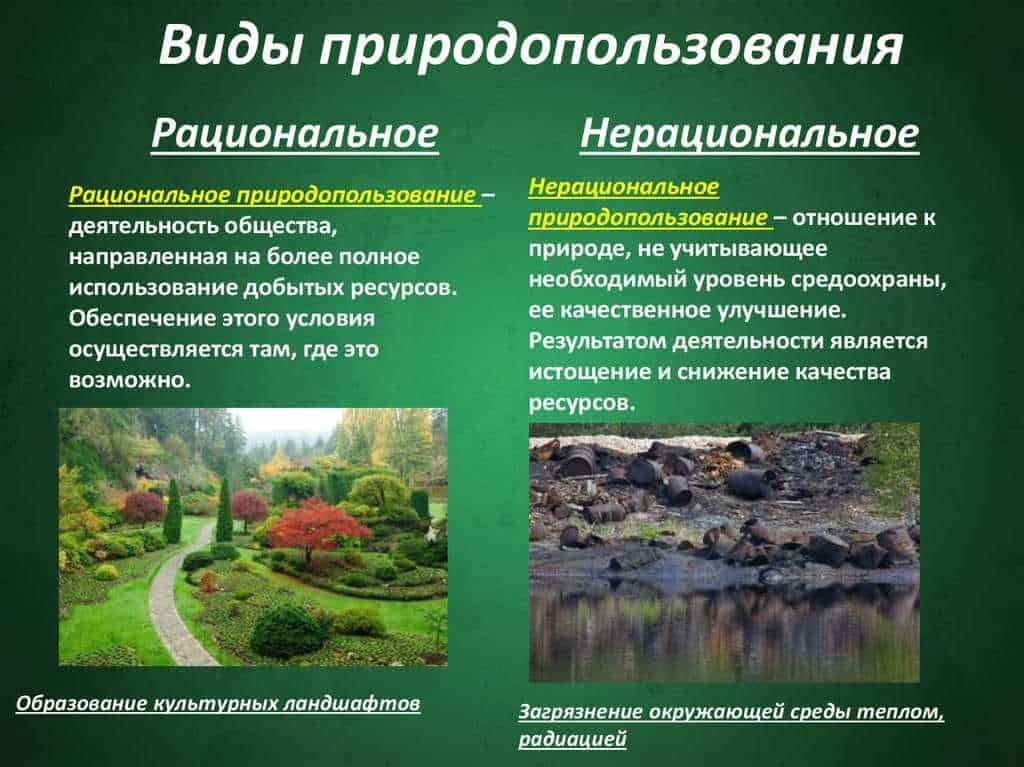
Butterflies are guided by the color and aroma of plants, so it is worth choosing plants with different colors and aromas. Bright colors attract the attention of butterflies and help them navigate in space. For example, purple and blue flowers attract short-snouted butterflies such as pigeons and Madagascar pied flies. Fragrant plants such as lavender, lemon balm and bluegrass also attract butterflies with their scent.
Pay attention to different types of plants to create variety in the garden and attract more types of butterflies. The combination of colors, scents, and different types of plants will help create an inviting and comfortable environment for butterflies in your garden.
Creation and maintenance of an ecologically clean environment
To attract butterflies to your garden and maintain natural balance and biodiversity, it is important to create and maintain an ecologically clean environment. This means minimizing the use of chemical fertilizers, pesticides and herbicides that can be harmful to butterflies and other beneficial insects.
Instead of using chemicals, you can use organic gardening methods. For example, using compost instead of chemical fertilizers will help preserve the natural nutrition of the soil and ensure good plant growth and development. Biological pest control agents, such as beneficial insects, which naturally control pest populations, can also be used.
It is also important to ensure that enough drinking water is available for the butterflies. You can create small ponds or put small containers of water in the garden. This will help the butterflies quench their thirst and keep them active and alive.
To maintain an ecologically clean environment, it is also important to take into account the vegetation cover of the garden. Creating a variety of land cover, including different types of plants, flowers and shrubs, will help attract different types of butterflies and provide them with a variety of food and shelter.
Providing shelter and places to rest
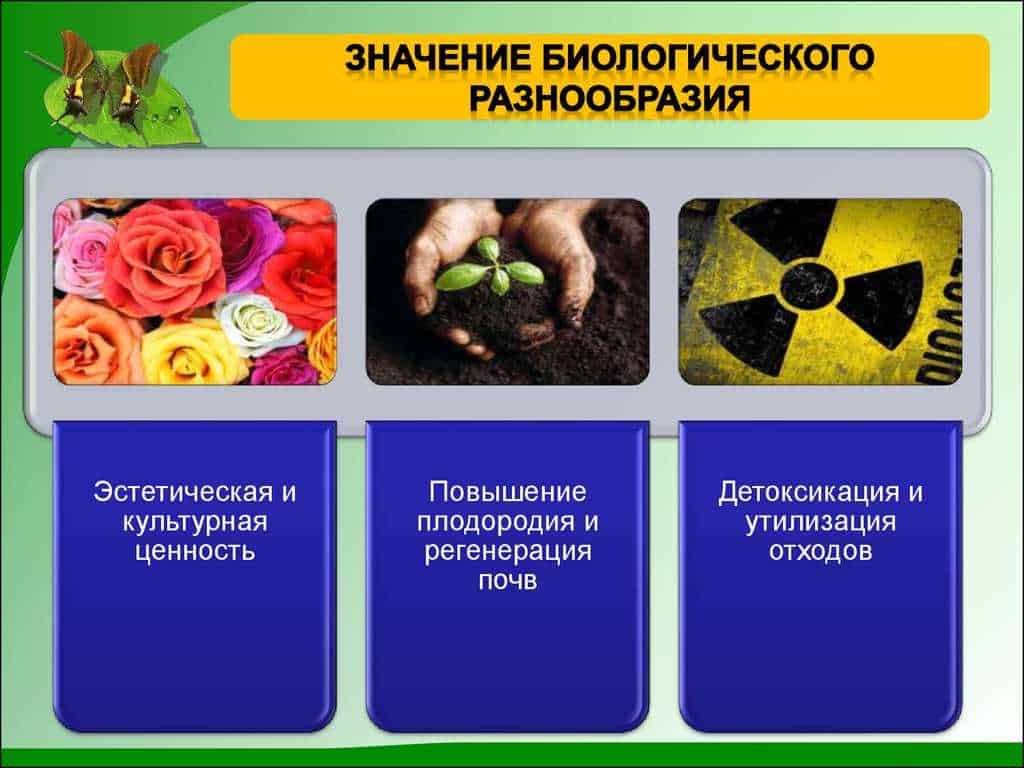
In order to attract butterflies to your garden and provide them with a comfortable environment, it is important to provide them with hiding places and places to rest. Butterflies often look for places where they can hide from cold winds, rain, or predators.
One way to create shelters for butterflies is to plant dense and bushy plants. Plants with broad leaves or dense branches make excellent hiding places for butterflies during bad weather. Some suitable plants include shrubs such as lilac or barberry, as well as herbaceous plants such as astilbe or fern.
In addition, you can create special resting places for butterflies, such as stones or slabs, on which they can warm up in the sun. You can also install small standing ponds or canopies with flowering plants to attract butterflies and provide them with a place to rest.
It is important to remember that hiding places and places to rest must be accessible and safe for butterflies. Do not use chemical pesticides or other harmful substances that can harm butterflies. Strong artificial lights should also be avoided, as they can lead the butterflies astray and disrupt their natural rhythm of life.
Avoid using pesticides and chemical fertilizers

One of the main ways to attract butterflies to your garden and maintain natural balance and biodiversity is to avoid the use of pesticides and chemical fertilizers. Pesticides and chemical fertilizers can cause significant harm to butterflies and other beneficial insects, as well as disturb the natural balance in the garden.
When using pesticides, be aware that they can be toxic to butterflies and other insects. When choosing plant protection products, it is worth giving preference to safer alternatives, such as biological products or natural pest control methods. It is also important to follow the instructions for use and not to exceed the dosage in order to avoid negative consequences.
Chemical fertilizers can also have a negative effect on butterflies and other insects. They can disrupt the natural processes of nutrition and reproduction, as well as adversely affect the quality of the soil. It is recommended to use organic fertilizers such as compost or humus, which will not only improve the fertility of the soil, but also will not harm butterflies and other organisms.
Avoiding the use of pesticides and chemical fertilizers in the garden contributes to the preservation of natural balance and biodiversity. This approach allows butterflies and other insects to reproduce and feed freely, and also contributes to the conservation and development of the plant world. Thus, a favorable environment for butterflies is created and the beauty and uniqueness of the garden is preserved.
Maintaining Plant Diversity in the Garden
To attract butterflies to your garden, it is important to create conditions for plant diversity. Butterflies feed on nectar, so you need to provide them with a wide variety of colors to attract different species. A variety of flowers will attract a variety of butterflies, which contributes to the conservation of biodiversity.
One way to support plant diversity in the garden is to create flower beds. Place flowers of different kinds together to attract different kinds of butterflies. Choose flowers in different colors and shapes to create an inviting place for butterflies. In addition, it is worth considering the seasonality of flowering plants in order to provide a constant source of food for butterflies throughout the year.
It is also important to consider local conditions and choose plants that are well adapted to the climate in your area. This will create a stable and healthy environment for a variety of plants and butterflies. Plant diversity also attracts other beneficial insects that can help control pests and maintain the garden's natural balance.
Do not forget about the variety of plant heights. Create a layered composition, where there will be both tall trees and shrubs, and undersized flowers and herbs. This will provide different levels of food and shelter for the butterflies. A variety of plants and heights will allow butterflies to find food and protection in different areas of the garden.
In summary, maintaining plant diversity in the garden is key to attracting butterflies and maintaining natural balance. Creating flower beds, choosing a variety of plants, considering local conditions and creating a layered composition will help create a favorable environment for a variety of butterfly species and maintain biodiversity in your garden.
Regular plant care
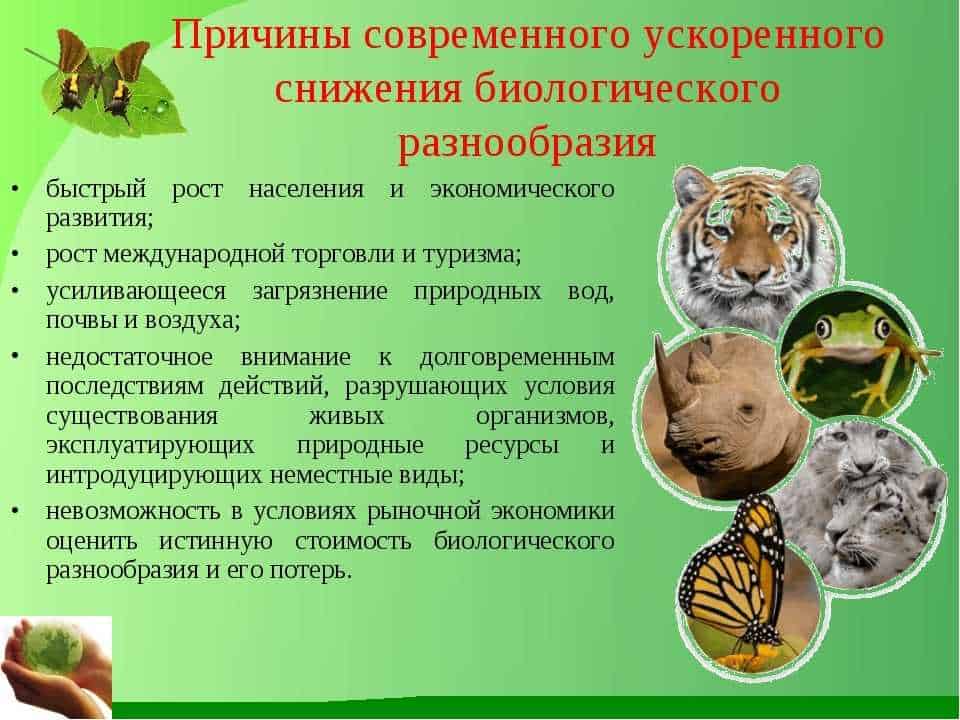
To attract butterflies to your garden and maintain natural balance, you need to regularly care for the plants. This includes the following activities:
- Watering plants. Butterflies need access to moisture, which is why it's important to maintain optimal humidity levels in your garden. Water your plants regularly, especially during dry periods.
- Plant fertilizer. To ensure good growth and development of plants, as well as to attract butterflies, it is necessary to fertilize the soil regularly. Use organic fertilizers or natural ingredients such as compost or manure.
- Weed removal. Weeds can compete with plants for nutrients and space, so weed your garden regularly. This will help the plants grow healthy and nutrient rich, and also give the butterflies more space to visit.
- Plant pruning. Regular pruning of plants helps them maintain a compact form and also stimulates their growth and flowering. Pruning can also be helpful in removing diseased or damaged plant parts, which contributes to their overall health.
Following these plant care practices will help create a favorable environment for attracting butterflies to your garden and maintaining biodiversity. Butterflies will find enough food and shelter in your garden to help them reproduce and maintain their population.
Education and enlightenment about the importance of butterflies
Butterflies are not only beautiful and graceful creatures, but also important components of the ecosystem. Education and awareness about the importance of butterflies are an integral part of maintaining the natural balance and biodiversity.
Get to know the world of butterflies. One of the first steps in educating about the importance of butterflies is to become familiar with their diversity. You can conduct research, study different types of butterflies, their features and roles in the ecosystem. To teach children and adults to recognize different types of butterflies and understand their importance to the environment.
The role of butterflies in plant pollination. Butterflies play an important role in the pollination of flowers and plants. They carry pollen from one flower to another, aiding the pollination process and helping plants reproduce. Tell people about the importance of this process and how butterflies help it happen.
Creation of butterfly gardens. Education about the importance of butterflies also includes a practical side – creating butterfly-attracting gardens. Find out which plants attract butterflies and create a garden rich in a variety of flowers and nectar. Talk about how to properly care for such a garden and how to create conditions for a comfortable life for butterflies.
Spread of information. One important aspect of educating about the importance of butterflies is the dissemination of information. Organize lectures, workshops and events to talk about the role of butterflies in the ecosystem, their importance to biodiversity and how to conserve their numbers. Develop information materials that can be distributed to a wide audience.

